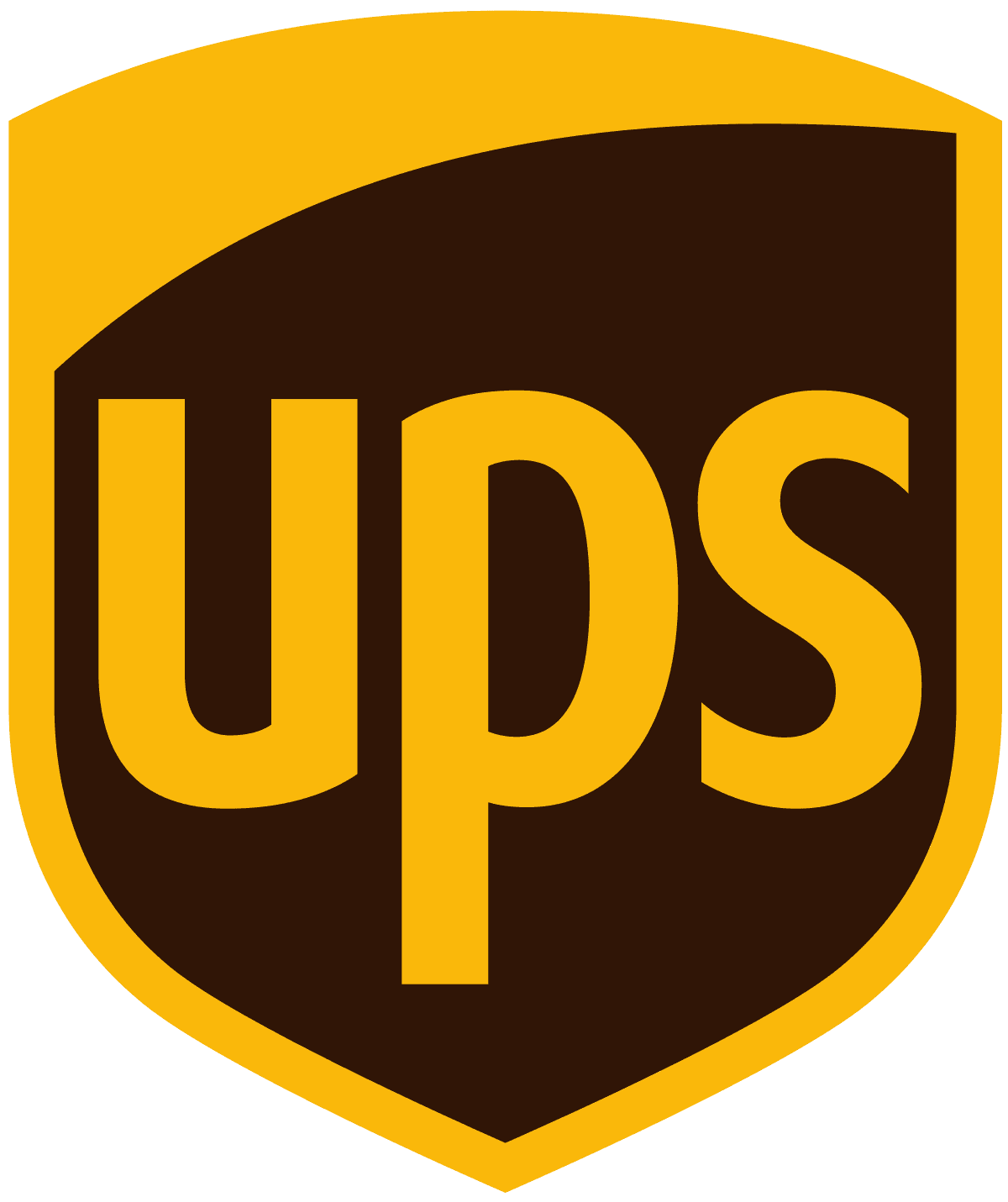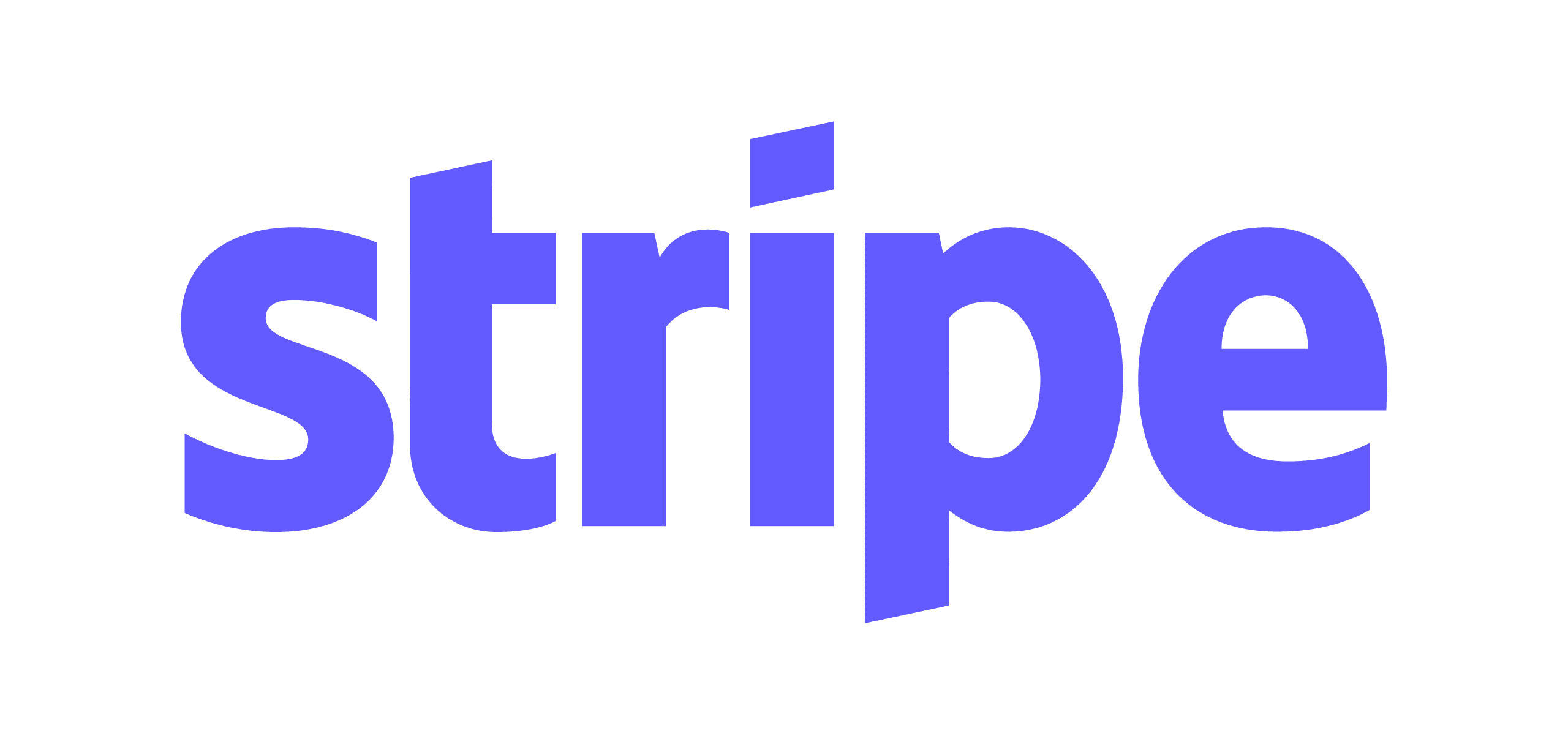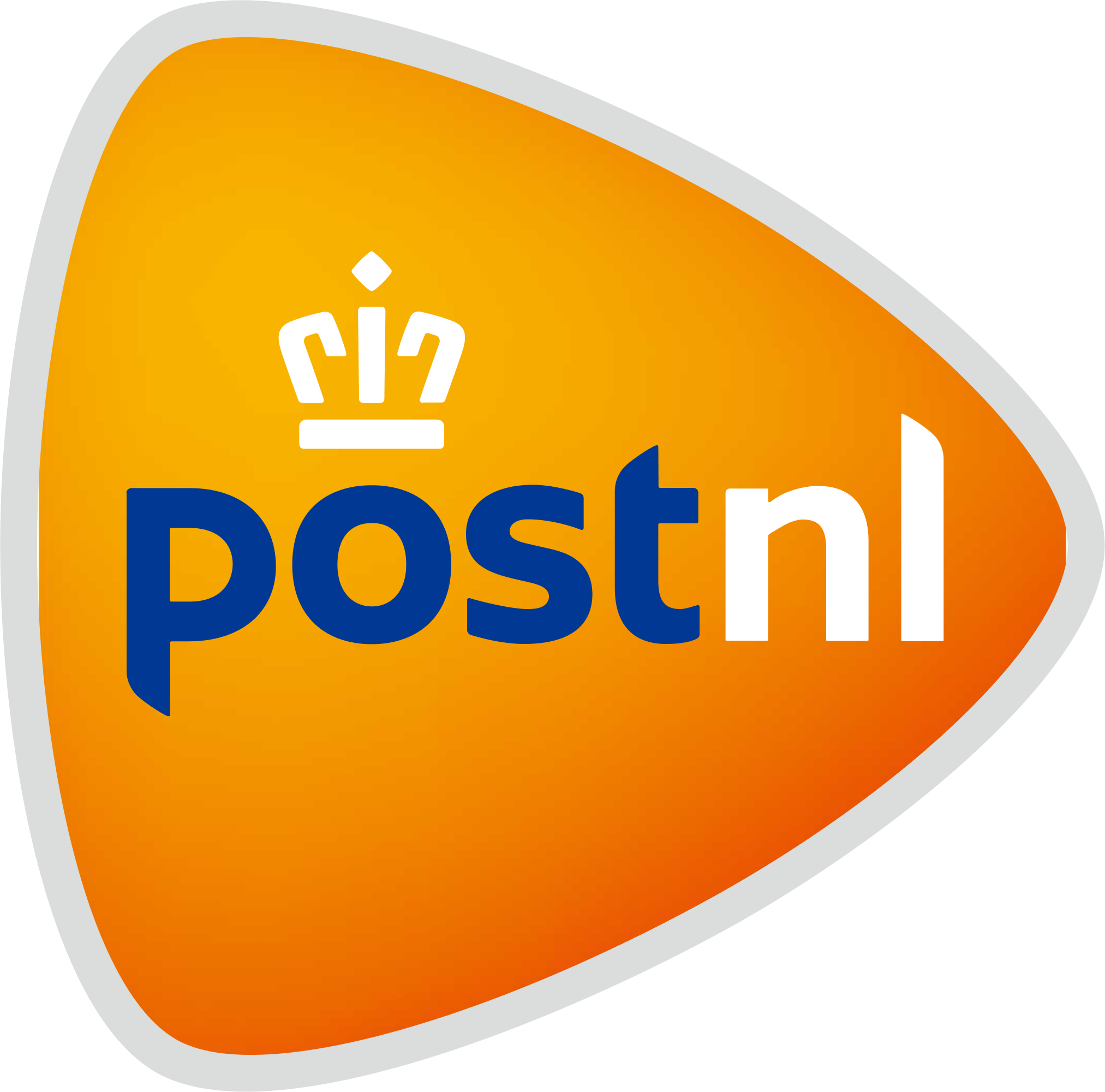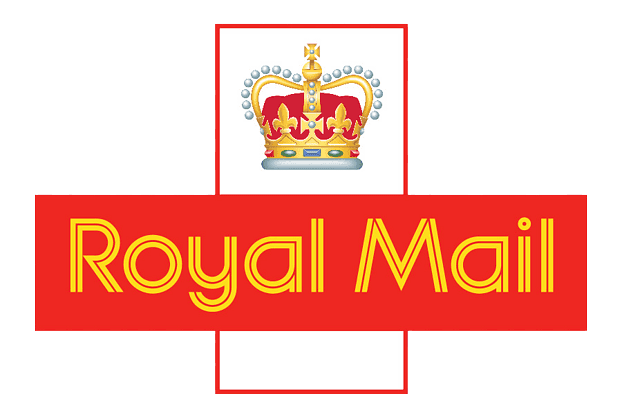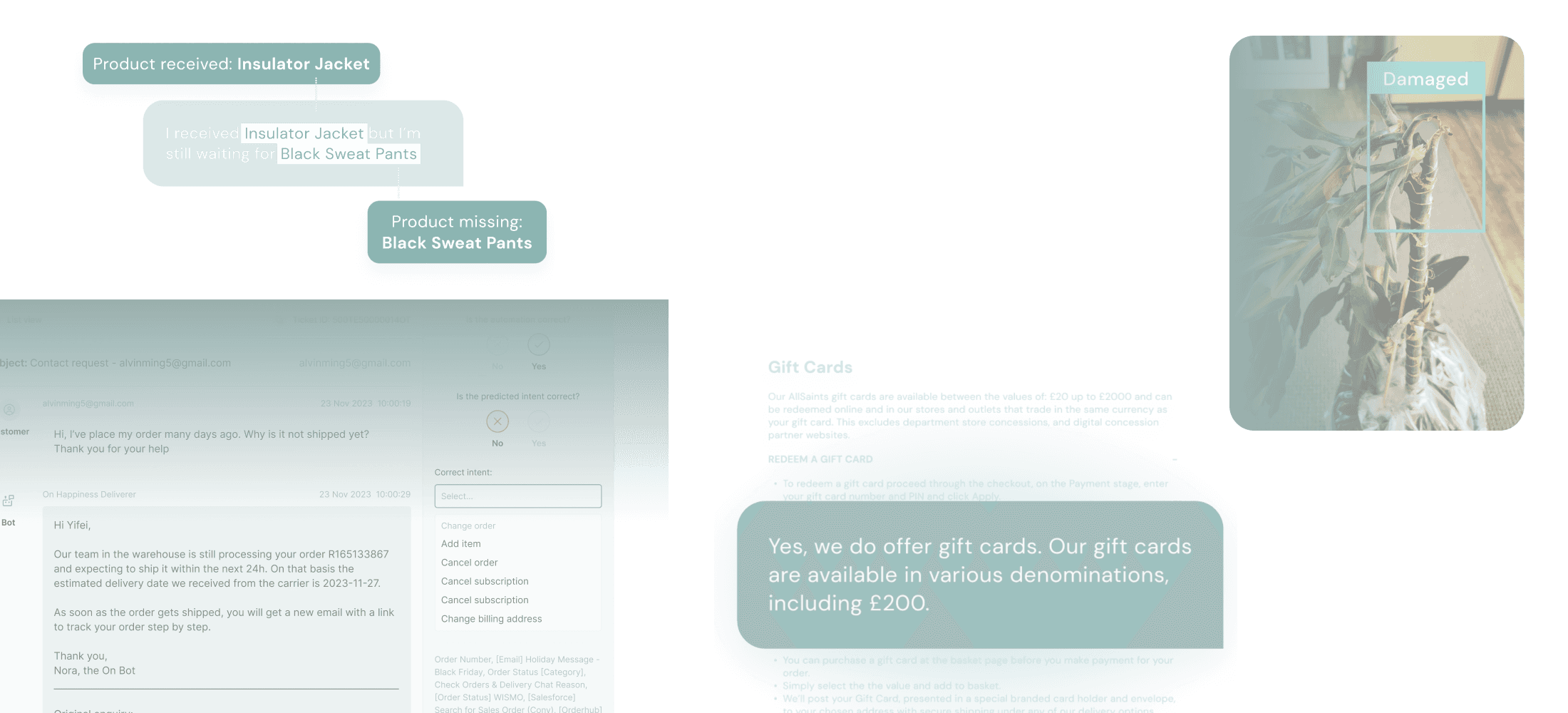The AI concierge that
The AI concierge that
We’re sorry, looks like the carrier has misplaced your parcel. Would you like us to send you a replacement or a refund?
REPLACEMENT
REFUND
It’s been a week, what’s happening to my order?
We’re sorry, looks like the carrier has misplaced your parcel. Would you like us to send you a replacement or a refund?
REPLACEMENT
REFUND
It’s been a week, what’s happening to my order?
The AI concierge that
CARE AI
CARE AI
AI and deep integrations
for instant care, boosting LTV
A unified platform featuring conversational and visual AI for comprehension, deep integrations for resolution, and generative AI for personalization and empathy.
air up
Type message here
Powered by DigitalGenius
ALLSAINTS
Type message here
Powered by DigitalGenius
I need a new return label

No problem, here is a new return label for you to use.

Milo
Deep Integrations
We seamlessly integrate into your existing platforms – shipping carriers, ecommerce platforms, ERPs, payment providers, loyalty platforms and more – allowing us to fully resolve customer queries. This allows your concierge to generate return labels, identify lost packages, conduct carrier investigations, estimate warehouse shipping times, and process replacements and refunds – all without any agent involvement.
Deep Integrations
We seamlessly integrate into your existing platforms – shipping carriers, ecommerce platforms, ERPs, payment providers, loyalty platforms and more – allowing us to fully resolve customer queries. This allows your concierge to generate return labels, identify lost packages, conduct carrier investigations, estimate warehouse shipping times, and process replacements and refunds – all without any agent involvement.
air up
Type message here
Powered by DigitalGenius
ALLSAINTS
Type message here
Powered by DigitalGenius
I need a new return label

No problem, here is a new return label for you to use.

Milo
Visual AI
Our visual AI, trained on a diverse range of products, effortlessly detects defects, addressing quality issues from damaged packages to product concerns. It even reads product barcodes to identify the specific product affected. This enables your concierge to automatically trigger replacement orders, and alert your quality control teams.
Visual AI
Our visual AI, trained on a diverse range of products, effortlessly detects defects, addressing quality issues from damaged packages to product concerns. It even reads product barcodes to identify the specific product affected. This enables your concierge to automatically trigger replacement orders, and alert your quality control teams.
Chat with us!
Type message here
Powered by DigitalGenius
Chat with us!
My plant arrived half wilted! 😩


Oh no, we are sorry about the damage!

Defect detected
Refund
Replacement
Nora
Refund

I have issued a refund. Here’s a discount code for future purchases: 145062
Nora
Type message here
Powered by DigitalGenius
Generative AI
Give your customers a personalized experience with our top-tier generative AI from OpenAI, fine-tuned for ecommerce use cases. Our system has built-in safety features, allowing your concierge to deliver empathetic and highly personalized responses, and preventing unintended content. The concierge naturally adapts to fit your brand tone of voice. Feed content directly from your knowledge base, FAQs and website, reducing the need for scripting responses to common questions.
Generative AI
Give your customers a personalized experience with our top-tier generative AI from OpenAI, fine-tuned for ecommerce use cases. Our system has built-in safety features, allowing your concierge to deliver empathetic and highly personalized responses, and preventing unintended content. The concierge naturally adapts to fit your brand tone of voice. Feed content directly from your knowledge base, FAQs and website, reducing the need for scripting responses to common questions.
Chat with us!
My girlfriend’s birthday is this Friday.
Will my order arrive by then?
Type message here
Powered by DigitalGenius

Chat with us!
I have ordered the Xmas
“double trouble” package but
missing some of the items.
Type message here
Powered by DigitalGenius


Select

Select
Christmas Double Trouble package
Cut resolution time
Increase loyalty
Free up your agents
Improve CSAT
Customers hate ineffective bots.
So do we.
Customers hate ineffective bots. So do we.
Through deep integrations with your tech stack, our concierge finds relevant information and performs customer service tasks in seconds. Paired with empathetic responses via generative AI, your customers will experience revolutionary customer service.
vs
DigitalGenius bot
What's happening to my order?
Refund please.
👍
Typical bot
What’s happening
to my order?
I already have the link, but it’s not moved for a week.
Here is the tracking link: 13532
Sorry let me pass this to an agent.
👎
AI intent detected: Order Status

Stuck in Transit
detected
In Transit (7 days)
Collected

InvestigationStarted

Refund issued
vs
DigitalGenius bot
I wonder why my shoes
still haven't shipped
as I need them for a trip?
Typical bot
Unfortunately it's still being processed by our warehouse.
But when will I get it? It's been ages…
I wonder why my shoes still haven't shipped as I need them for a trip?
Sorry let me pass this to an agent.
AI intent detected: Order Status
Warehouse Integration

EDD: 04/10/23

Estimate Shipping Time

GPT4:
Generating empathetic and personal response
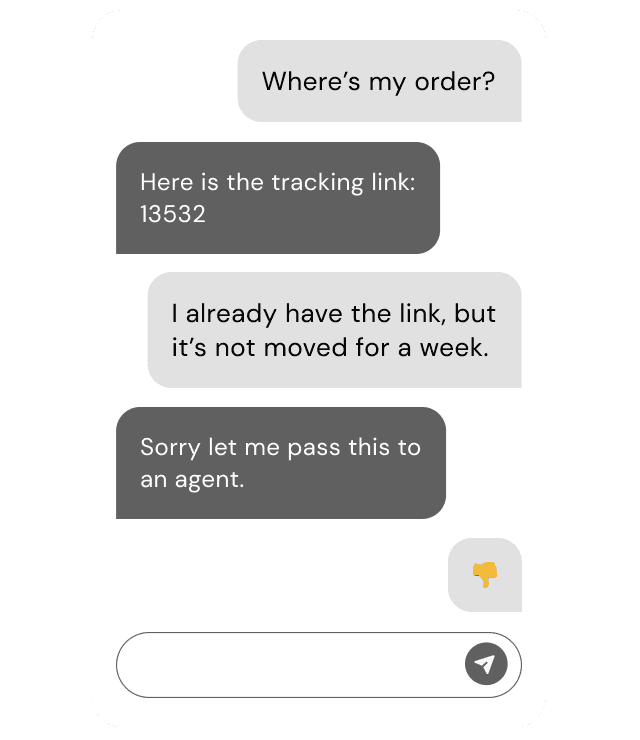
Typical bot
Lost in transit
vs
DigitalGenius bot
What's happening to my order?
Looks like your package is stuck. Would you like a replacement/refund?
Refund please.
I have issued you a refund.
👍
Typical bot
What’s happening
to my order?
I already have the link, but it’s not moved for a week.
Here is the tracking link: 13532
Sorry let me pass this to an agent.
👎
AI intent detected: Order Status

Stuck in Transit
detected
In Transit (7 days)
Collected

InvestigationStarted

Refund issued
vs
DigitalGenius bot
I wonder why my shoes
still haven't shipped
as I need them for a trip?
I apologize for the delay with your Rogers. I know this isn't ideal, especially as you need them for a trip. You should receive your order by October 4th. Thank you for your patience.
Typical bot
Unfortunately it's still being processed by our warehouse.
But when will I get it? It's been ages…
I wonder why my shoes still haven't shipped as I need them for a trip?
Sorry let me pass this to an agent.
AI intent detected: Order Status
Warehouse Integration

EDD: 04/10/23

Estimate Shipping Time

GPT4:
Generating empathetic and personal response
Prepare for peak periods and growth
Prepare for peak
periods and growth


“
Without DigitalGenius, we would not be able to sustain the growth we had. Our expectations of what is possible with AI were not only met but exceeded.



Verena Strunk-Wenzl
Global Head of DTC CX at On
“
Without DigitalGenius, we would not be able to sustain the growth we had. Our expectations of what is possible with AI were not only met but exceeded.


Verena Strunk-Wenzl
Global Head of DTC CX at On
“
Without DigitalGenius, we would not be able to sustain the growth we had. Our expectations of what is possible with AI were not only met but exceeded.



Verena Strunk-Wenzl
Global Head of DTC CX at On
PURCHASE AI
PURCHASE AI
Increase conversion rates
Recommend products
I'm looking for stable, cushioned shoes for marathon running.

£150.00


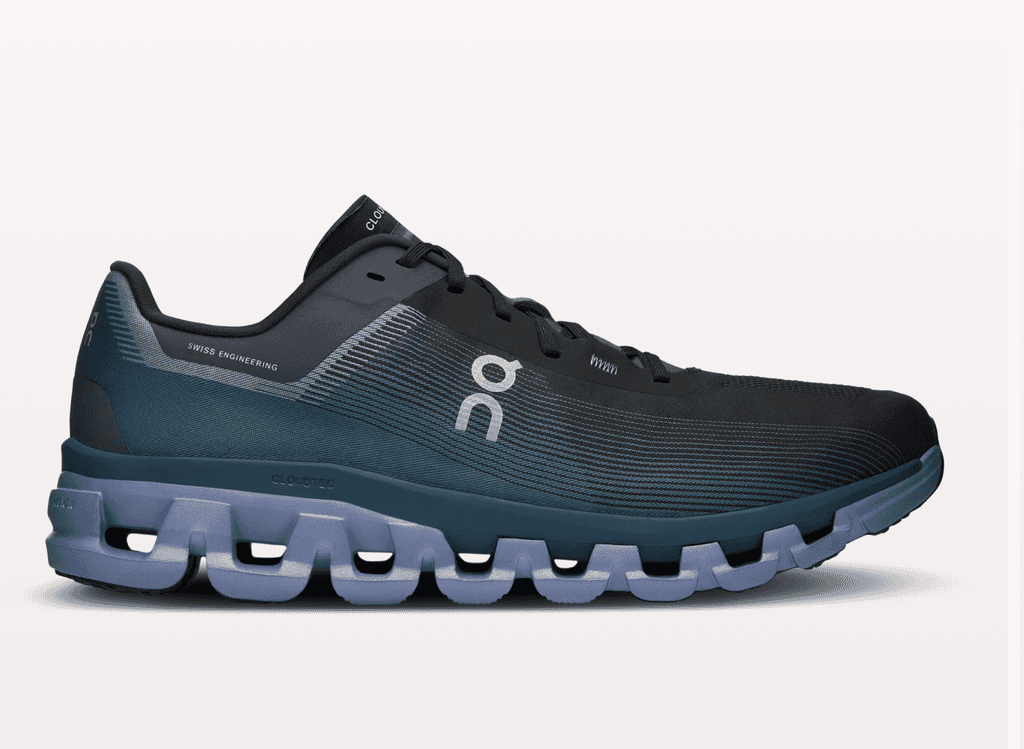

Cloudflow 4
Buy now

£150.00

Distance Cloudflow 4
Buy now
Recommend products
Recommend products
I'm looking for stable, cushioned shoes for marathon running.
I would recommend the following:
The Cloudace: The wide Speedboard® works with the unique CloudTec® configuration for soft, stable landings, and two different types of CloudTec® for a stable ride.
The Cloudflyer 4: Supreme cushioning and premium comfort. With bigger, dual-density CloudTec®, you'll feel supported as you run. It also has a new molded sock-liner and external heel counter to keep your foot secure, no matter the distance.

£150.00




Cloudflow 4
Buy now

£150.00

Distance Cloudflow 4
Buy now
Alleviate purchase concerns
Alleviate purchase concerns
Do you ship to Austria? Would I be charged custom duties?
Yes, we do ship to Austria! 🚀 And guess what? For most European countries, including Austria, there are no additional customs duties on top of the shipping costs.
Answer product questions
Answer product questions
Is your product good for children?
Absolutely! The air up® hydration system is perfect for kids. Our pods feature natural flavors, and our bottles are made of Tritan, a super durable and BPA-free material, ensuring safety for your little ones.
Turn support into sales
Turn support
into sales
I need a refund for this oversized black shirt as the smaller size is sold out.
Sure, would you like to check these slim-fit options too?

Shop Now

Shop Now

Shop Now
“
The results have been amazing, and we have seen an ROI of over 600%.
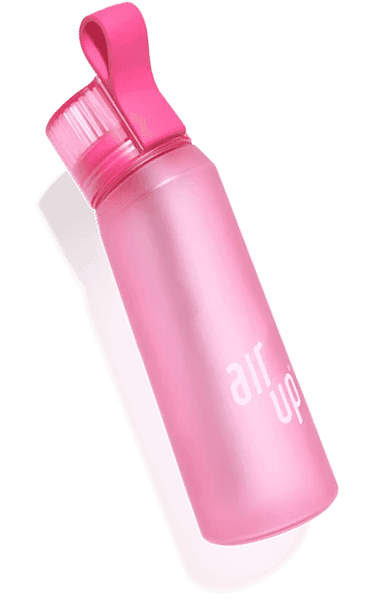


Thomas Staudte
Head of Customer Engagement at Airup
“
The results have been amazing, and we have seen an ROI of over 600%.


Thomas Staudte
Head of Customer Engagement at Airup
“
The results have been amazing, and we have seen an ROI of over 600%.



Thomas Staudte
Head of Customer Engagement at Airup
PROACTIVE AI
PROACTIVE AI
Detect and resolve ahead
Solve customer problems before they reach out to you. Track late orders, expedite shipping, and offer replacements and refunds.
Solve customer problems before they reach out to you. Track late orders, expedite shipping, and offer replacements and refunds.
Solve customer problems before they reach out to you. Track late orders, expedite shipping, and offer replacements and refunds.
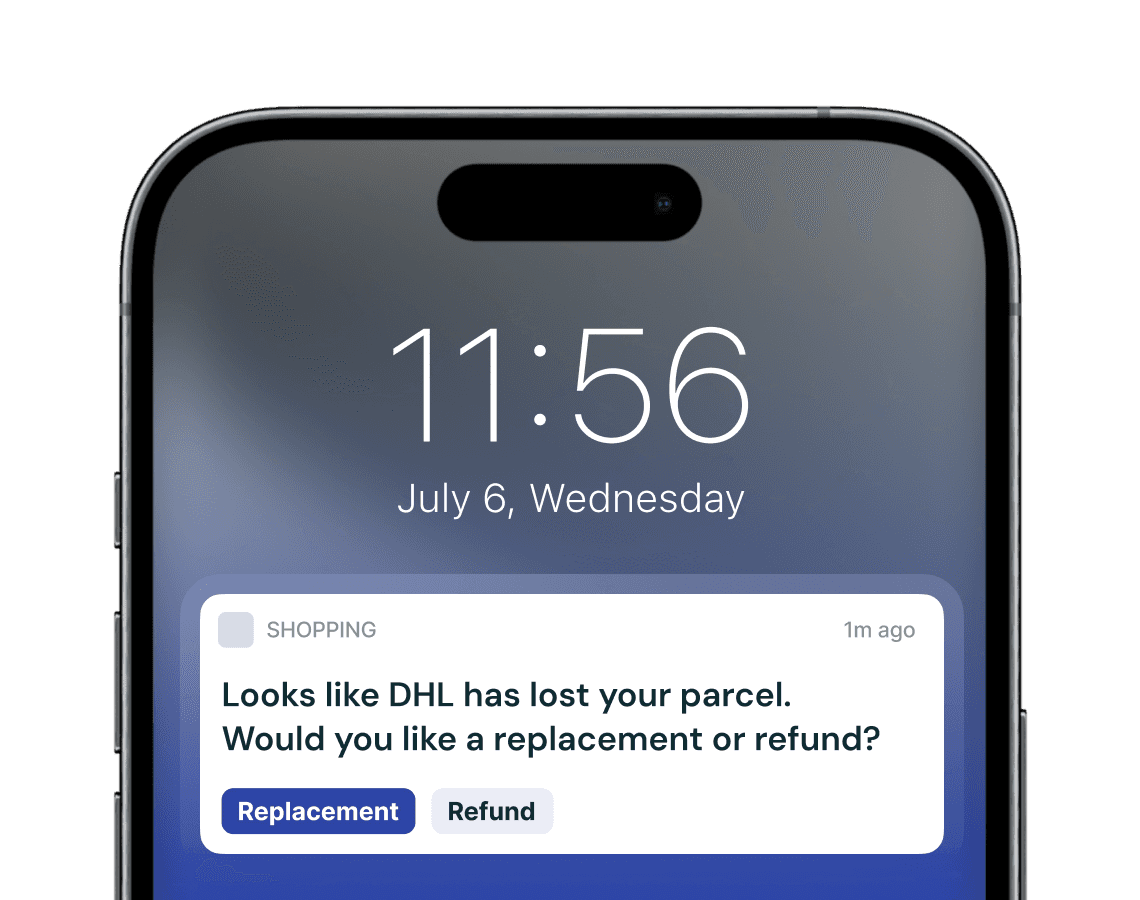
“
DigitalGenius has been instrumental in relieving pressure on our internal teams, helping us deliver quality customer service, and proactively managing service recovery opportunities.


Jennifer Wells
Director of Porto’s Marketing & Brand
“
DigitalGenius has been instrumental in relieving pressure on our internal teams, helping us deliver quality customer service, and proactively managing service recovery opportunities.


Jennifer Wells
Director of Porto’s Marketing & Brand
“
DigitalGenius has been instrumental in relieving pressure on our internal teams, helping us deliver quality customer service, and proactively managing service recovery opportunities.


Jennifer Wells
Director of Porto’s Marketing & Brand
Built for Ecommerce
Built for Ecommerce
Built for Ecommerce
While you're shipping products, we ship new Ecommerce integrations.
While you're shipping products, we ship new Ecommerce integrations.
While you're shipping products, we ship new Ecommerce integrations.
actions performed
The Platform
The Platform
The Platform
Not just a chatbot.
Available where your customers are.
Text
Text
Text
Chat
Chat
Chat
In App
In App
In App
Social
Social
Social
Voice
Early
Access
Voice
Early Access
Voice
Early
Access
Trusted by the world's leading brands
“Our expectations of what was possible with AI were not only met, but exceeded.”

Verena Strunk-Wenzl
Global Head of DTC CX at On

“The technology has allowed us to provide a consistently better customer experience, while allowing us to scale the team.”

Thomas Staudte
Head of Customer Engagement at air up

“We wanted to be able to offer automation with a human touch.”

Kane Sakata
Customer Service Expert at waterdrop

"We were able to launch within a couple of weeks. In no time at all we were automating 40% of our contacts, with a resolution rate of over 90%, whilst hitting our CSAT goal of 95%… we are so happy to have Route 101 and DigitalGenius as partners for the future."

Chandni Bhatt
Senior Manager at Beauty Pie

"It’s incredible to witness customer satisfaction when, even on a Sunday, DigitalGenius promptly responds within minutes. We’ve received CSAT reviews expressing surprise and appreciation, with amazing comments."

Antony Bowen
Customer Success Manager

"I strongly recommend using DG to automatize CS cases with the best quality. Their intent detection is highly accurate, and their build flow is one of the most complete I've ever used."

Miquel Nadal Ferrer
Customer Service Project Manager

"Without DigitalGenius the cost of our customer service function would sky rocket as we expand to multiple markets and expect YoY growth in existing markets. Looking to automate your tickets with a partner that truly cares about your success? Reach out to DigitalGenius!"

Felix Evertz
Retail Operations & Customer Service

“Our expectations of what was possible with AI were not only met, but exceeded.”

Verena Strunk-Wenzl
Global Head of DTC CX at On

“Our expectations of what was possible with AI were not only met, but exceeded.”

Verena Strunk-Wenzl
Global Head of DTC CX at On
“The technology has allowed us to provide a consistently better customer experience, while allowing us to scale the team.”

Thomas Staudte
Head of Customer Engagement at air up
“We wanted to be able to offer automation with a human touch.”

Kane Sakata
Customer Service Expert at waterdrop
"We were able to launch within a couple of weeks. In no time at all we were automating 40% of our contacts, with a resolution rate of over 90%, whilst hitting our CSAT goal of 95%… we are so happy to have Route 101 and DigitalGenius as partners for the future."

Chandni Bhatt
Senior Manager at Beauty Pie
"It’s incredible to witness customer satisfaction when, even on a Sunday, DigitalGenius promptly responds within minutes. We’ve received CSAT reviews expressing surprise and appreciation, with amazing comments."

Antony Bowen
Customer Success Manager
"I strongly recommend using DG to automatize CS cases with the best quality. Their intent detection is highly accurate, and their build flow is one of the most complete I've ever used."

Miquel Nadal Ferrer
Customer Service Project Manager
"Without DigitalGenius the cost of our customer service function would sky rocket as we expand to multiple markets and expect YoY growth in existing markets. Looking to automate your tickets with a partner that truly cares about your success? Reach out to DigitalGenius!"

Felix Evertz
Retail Operations & Customer Service
“Our expectations of what was possible with AI were not only met, but exceeded.”

Verena Strunk-Wenzl
Global Head of DTC CX at On

“Our expectations of what was possible with AI were not only met, but exceeded.”

Verena Strunk-Wenzl
Global Head of DTC CX at On

“The technology has allowed us to provide a consistently better customer experience, while allowing us to scale the team.”

Thomas Staudte
Head of Customer Engagement at air up

“We wanted to be able to offer automation with a human touch.”

Kane Sakata
Customer Service Expert at waterdrop

"We were able to launch within a couple of weeks. In no time at all we were automating 40% of our contacts, with a resolution rate of over 90%, whilst hitting our CSAT goal of 95%… we are so happy to have Route 101 and DigitalGenius as partners for the future."

Chandni Bhatt
Senior Manager at Beauty Pie

"It’s incredible to witness customer satisfaction when, even on a Sunday, DigitalGenius promptly responds within minutes. We’ve received CSAT reviews expressing surprise and appreciation, with amazing comments."

Antony Bowen
Customer Success Manager

"I strongly recommend using DG to automatize CS cases with the best quality. Their intent detection is highly accurate, and their build flow is one of the most complete I've ever used."

Miquel Nadal Ferrer
Customer Service Project Manager

"Without DigitalGenius the cost of our customer service function would sky rocket as we expand to multiple markets and expect YoY growth in existing markets. Looking to automate your tickets with a partner that truly cares about your success? Reach out to DigitalGenius!"

Felix Evertz
Retail Operations & Customer Service

“Our expectations of what was possible with AI were not only met, but exceeded.”

Verena Strunk-Wenzl
Global Head of DTC CX at On





